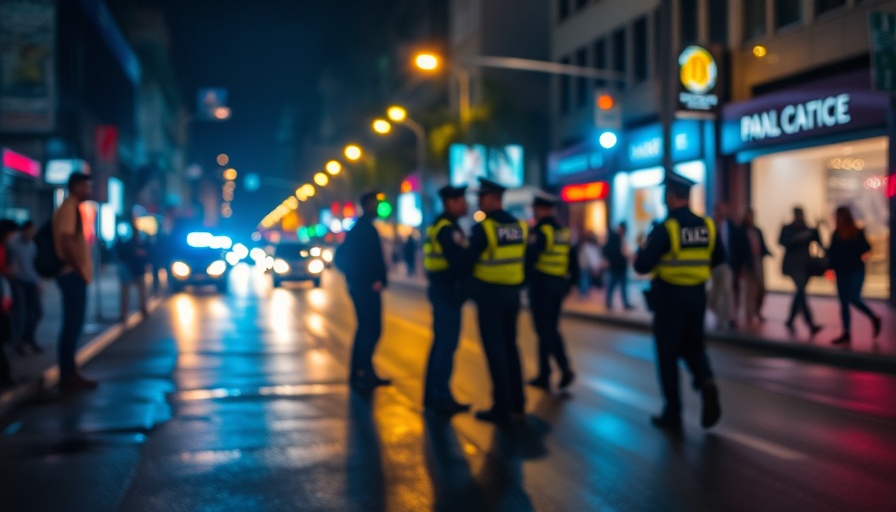
Understanding the Incident: A Dangerous Confrontation
The tragic events that unfolded in Ravenna, Ohio on March 16, 2025, illustrate a critical moment in law enforcement where tactics, situational awareness, and quick decisions directly impact the safety of officers and the community. Officers from the Ravenna Police Department responded to reports of a man sleeping on the floor with a gun. Upon arrival, they discovered the suspect in a vulnerable position but soon learned that his intent was anything but peaceful.
The man, armed with what was later identified as a pellet gun, abruptly awoke, brandished the weapon, and refused to comply with multiple commands to disarm. This reluctance led to an escalatory sequence in which the suspect attempted to use a bystander as a human shield in a desperate effort to evade the police. The situation quickly spiraled into chaos, culminating in the officers firing their weapons to protect themselves.
The Role of Technology in Officer Safety
In incidents like this, the deployment of body cameras serves as a vital tool for transparency and accountability. Body-worn cameras (BWCs) can provide irrefutable evidence during investigations. They also offer insight into the moments leading up to a critical incident, allowing for a clear assessment of officer actions and decision-making processes when facing life-threatening scenarios. The use of BWCs supports procedural justice and can enhance police-community relations by establishing a narrative grounded in factual footage.
Risk Mitigation: Preparing Officers for High-Stress Situations
Understanding the psychological and physical risks officers face is essential for developing effective training programs. Ensuring that officers are equipped to manage their stress levels during volatile situations can potentially reduce the likelihood of escalated confrontations. Initiatives such as stress management training, regular de-escalation exercises, or mental health resources might significantly influence how officers handle high-pressure incidents, affecting both their safety and the overall outcome.
Community Impacts and Response
The aftermath of any officer-involved shooting extends beyond immediate physical threats; it deeply affects the community's perception of law enforcement. Engaging community leaders in dialogue about police practices, use of force incidents, and community safety measures can foster an environment of trust and collaboration. This incident serves as a catalyst for discussions on the need for comprehensive police reform and improved community outreach to ensure cooperative relationships between law enforcement and residents.
Critical Reflections on Policy Reform
This shooting underlines persistent calls for police reforms that emphasize transparency, accountability, and training. Policymakers are urged to evaluate current police procedures to ensure they align with best practices that prioritize both officer and community safety. Legislative changes could address aspects such as officer training, dissemination of information during critical incidents, and clearer guidelines regarding the use of force.
The Future of Policing in America: A Path Forward
As we reflect on this tragic event, it becomes evident that the future of policing hinges on the effective integration of advanced technologies, comprehensive training, and community engagement strategies. These components must synergize to foster an environment conducive to both safety and trust. Policymakers and law enforcement agencies must prioritize these areas to ensure that incidents like this are less likely to occur in the future.
In conclusion, staying informed about critical incidents like this contributes to a broader understanding of the complexities facing law enforcement today. For policymakers, engaging with this information is an opportunity to strengthen law enforcement practices and advocate for reforms that support the wellbeing of both officers and the communities they serve.
 Add Row
Add Row  Add
Add 

 Add Element
Add Element 




Write A Comment